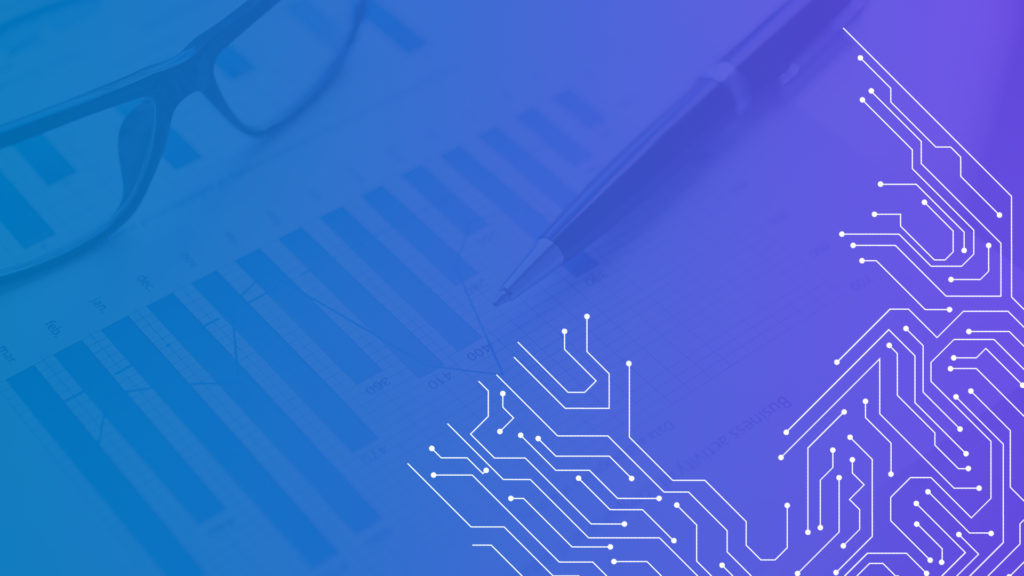Despite economic uncertainties due to the COVID-19 pandemic, the medical technology industry (MedTech), according to Reportlinker, is expected to reach an estimated $432.6 billion by 2025. In this regard, the focus is being placed on interconnected devices as the healthcare industry is increasingly adopting connected devices intending to improve future healthcare altogether. It is advisable, however, to take into account these 5 key factors when developing an IoT (or connected) medical device:
- Reliable connectivity
- Privacy and security regulation compliance
- Optimal performance
- User friendly
- Efficient data analytics
Internet-connected devices and objects (or the Internet of Things (IoT)) is undoubtedly transforming the world and no industry is immune. The medical and health sectors, however, seems to be in a position to gain the most from this transformation.
1. Reliable connectivity
Reliable connectivity is crucial for connected medical devices. Since these devices record and send critical data, it should be capable of staying connected for extended periods of time. That means that if your connection is spotty, your medical devices, systems and sensors will be ineffective and patient health and safety will be put at risk.
2. Privacy and security regulation compliance
Good product design takes into account product usage, setting as well as certification and regulatory requirements. This also holds true for medical devices with the additional verification and certification requirements medical devices need to adhere to since it relays patient information to a central repository. Some of these regulations include IEC 62304, ISO 13485:2016, MDR 2017/745/EC, GDPR, and FDA standards.
3. Optimal performance
Connected medical devices must be designed to allow remote software or security updates to ensure optimal performance. However, suppliers of connected medical devices must assess security updates, patches and possible virus signatures and confirm these as safe before they can be implemented on the medical device.
4. User friendly
For your device to be effective, it must be user friendly, for patients and doctors, and be able to connect and run with minimal intervention or set up. Working towards an integrated and user-friendly platform for sharing clinical data is therefore the ultimate goal.
5. Efficient data analytics
Consistent and effective data analytics is also of paramount importance. Connected medical devices must be capable of handling large volumes of data hence reliable and scalable data platforms should be used to aggregate and process the data.
In order to gain the most value from your data proper planning is essential. This means, amongst others, determining the role that the device will play in the overall healthcare ecosystem, the type of data that needs to be collected and how it will be analysed keeping in mind the projected outcomes. When considering this information as a whole, it will ultimately drive the cost model and development expenses of delivering your connected device to the market.
Polymorph is an experienced software development company specialising in the internet of medical things (IoMT) that is, medical devices and applications that can connect to healthcare information technology systems using networking technologies. Speak to us if you are considering connecting your medical device.





